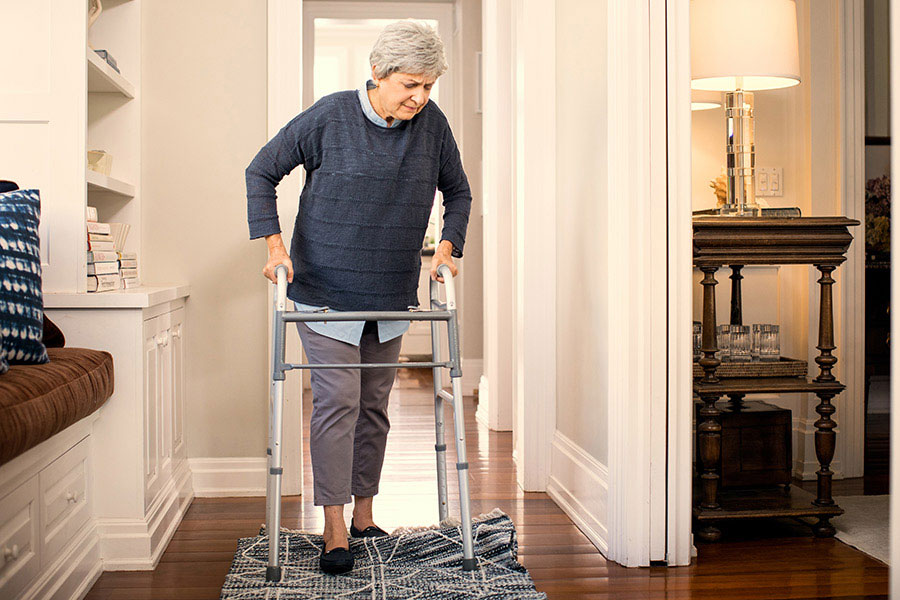As individuals age, maintaining balance and preventing falls become crucial for ensuring a safe and independent lifestyle. Recent research on fall prevention exercises highlights a variety of methods and benefits for seniors. Understanding these exercises not only enhances personal safety but also boosts confidence and quality of life.

Understanding the Importance of Fall Prevention
Falls are a leading cause of injury among older adults. The latest studies indicate that implementing specific exercises can significantly reduce the risk of falls. According to the Health in Aging Foundation, fall prevention is critical in extending longevity and improving life quality.
Key Factors Contributing to Falls
Various factors contribute to falls in seniors, including muscle weakness, balance disorders, and environmental hazards. Addressing these factors with targeted exercises can make a substantial difference in fall prevention.
Types of Fall Prevention Exercises
Exercises focused on improving balance, strength, and flexibility are vital. Here are some fall prevention exercises that can help:
Balance Exercises
Balance exercises like the tandem walk and single-leg stance are effective in enhancing stability. These exercises require minimal equipment and can be done at home.
Strength Training
Strength training exercises, such as chair rises and leg raises, are essential for building muscle strength. These exercises support better posture and reduce fall risks.
Flexibility Workouts
Flexibility workouts, including stretching and yoga, improve joint mobility and overall body coordination. These exercises are beneficial for maintaining a wide range of motion, which is crucial for preventing falls.
Research Findings on Exercise and Fall Prevention
Numerous studies have shown that consistent participation in fall prevention exercises leads to a marked decrease in fall incidents among seniors. The Mayo Clinic notes that such exercises not only prevent falls but also enhance mental health and cognitive function.
Case Studies and Evidence
Recent case studies reveal that seniors who engage in regular exercise programs report fewer falls and injuries. These findings support the inclusion of structured exercise routines in senior care plans.
Creating a Personalized Fall Prevention Plan
Developing a personalized plan that incorporates a variety of exercises is key to effective fall prevention. Seniors should work with healthcare providers to tailor a program that suits their individual needs and capabilities.
Consulting with Professionals
It’s advisable to consult with physical therapists or personal trainers who specialize in senior fitness. These professionals can provide guidance on proper techniques and safety measures.
Staying Consistent and Motivated
Consistency is crucial in any exercise regimen. Setting achievable goals and tracking progress can help maintain motivation and ensure long-term success.
The Role of Technology in Fall Prevention
Technology plays an increasingly important role in monitoring and preventing falls. Devices and apps designed for seniors can offer reminders, track progress, and even alert caregivers in case of an emergency.
Innovative Devices
From wearable monitors to home-based sensors, technology offers innovative solutions for fall prevention. These devices provide real-time feedback and enhance safety.
Apps and Online Resources
Several apps provide exercise routines, instructional videos, and safety tips. These resources are easily accessible and user-friendly, making them ideal for seniors seeking to improve their fitness levels.
Conclusion
The integration of fall prevention exercises into daily routines is essential for seniors looking to maintain their independence and improve their quality of life. By understanding the importance of these exercises and utilizing available resources, seniors can effectively reduce their risk of falls.

FAQ
What are the best exercises for preventing falls?
Balance exercises, strength training, and flexibility workouts are highly recommended for preventing falls.
How often should seniors perform fall prevention exercises?
Ideally, seniors should engage in these exercises at least three times a week for optimal results.
Can technology aid in fall prevention?
Yes, technology such as wearable devices and apps can monitor progress and provide helpful feedback, enhancing fall prevention strategies.
For more information on fall prevention and related topics, visit the Innovations in Elderly Care Technology and Fall Detection and Independent Living pages.
This article contains affiliate links. We may earn a commission at no extra cost to you.

